Capital One 2011 Annual Report Download - page 87
Download and view the complete annual report
Please find page 87 of the 2011 Capital One annual report below. You can navigate through the pages in the report by either clicking on the pages listed below, or by using the keyword search tool below to find specific information within the annual report.-
 1
1 -
 2
2 -
 3
3 -
 4
4 -
 5
5 -
 6
6 -
 7
7 -
 8
8 -
 9
9 -
 10
10 -
 11
11 -
 12
12 -
 13
13 -
 14
14 -
 15
15 -
 16
16 -
 17
17 -
 18
18 -
 19
19 -
 20
20 -
 21
21 -
 22
22 -
 23
23 -
 24
24 -
 25
25 -
 26
26 -
 27
27 -
 28
28 -
 29
29 -
 30
30 -
 31
31 -
 32
32 -
 33
33 -
 34
34 -
 35
35 -
 36
36 -
 37
37 -
 38
38 -
 39
39 -
 40
40 -
 41
41 -
 42
42 -
 43
43 -
 44
44 -
 45
45 -
 46
46 -
 47
47 -
 48
48 -
 49
49 -
 50
50 -
 51
51 -
 52
52 -
 53
53 -
 54
54 -
 55
55 -
 56
56 -
 57
57 -
 58
58 -
 59
59 -
 60
60 -
 61
61 -
 62
62 -
 63
63 -
 64
64 -
 65
65 -
 66
66 -
 67
67 -
 68
68 -
 69
69 -
 70
70 -
 71
71 -
 72
72 -
 73
73 -
 74
74 -
 75
75 -
 76
76 -
 77
77 -
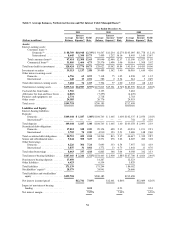 78
78 -
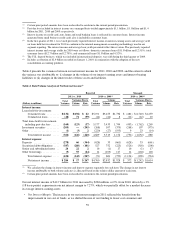 79
79 -
 80
80 -
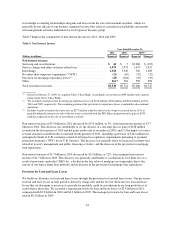 81
81 -
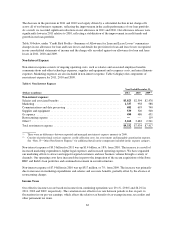 82
82 -
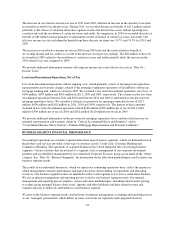 83
83 -
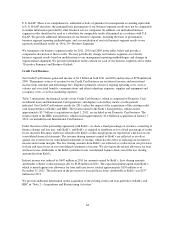 84
84 -
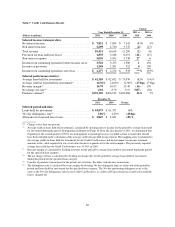 85
85 -
 86
86 -
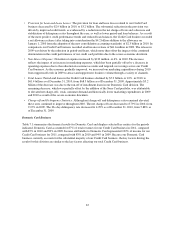 87
87 -
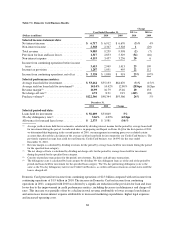 88
88 -
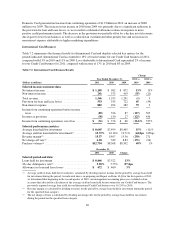 89
89 -
 90
90 -
 91
91 -
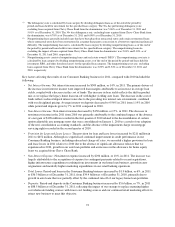 92
92 -
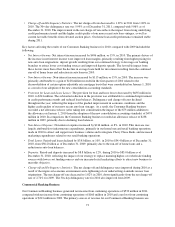 93
93 -
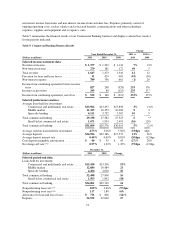 94
94 -
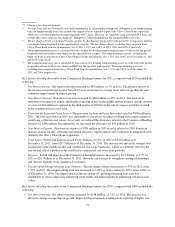 95
95 -
 96
96 -
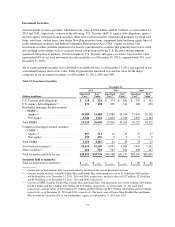 97
97 -
 98
98 -
 99
99 -
 100
100 -
 101
101 -
 102
102 -
 103
103 -
 104
104 -
 105
105 -
 106
106 -
 107
107 -
 108
108 -
 109
109 -
 110
110 -
 111
111 -
 112
112 -
 113
113 -
 114
114 -
 115
115 -
 116
116 -
 117
117 -
 118
118 -
 119
119 -
 120
120 -
 121
121 -
 122
122 -
 123
123 -
 124
124 -
 125
125 -
 126
126 -
 127
127 -
 128
128 -
 129
129 -
 130
130 -
 131
131 -
 132
132 -
 133
133 -
 134
134 -
 135
135 -
 136
136 -
 137
137 -
 138
138 -
 139
139 -
 140
140 -
 141
141 -
 142
142 -
 143
143 -
 144
144 -
 145
145 -
 146
146 -
 147
147 -
 148
148 -
 149
149 -
 150
150 -
 151
151 -
 152
152 -
 153
153 -
 154
154 -
 155
155 -
 156
156 -
 157
157 -
 158
158 -
 159
159 -
 160
160 -
 161
161 -
 162
162 -
 163
163 -
 164
164 -
 165
165 -
 166
166 -
 167
167 -
 168
168 -
 169
169 -
 170
170 -
 171
171 -
 172
172 -
 173
173 -
 174
174 -
 175
175 -
 176
176 -
 177
177 -
 178
178 -
 179
179 -
 180
180 -
 181
181 -
 182
182 -
 183
183 -
 184
184 -
 185
185 -
 186
186 -
 187
187 -
 188
188 -
 189
189 -
 190
190 -
 191
191 -
 192
192 -
 193
193 -
 194
194 -
 195
195 -
 196
196 -
 197
197 -
 198
198 -
 199
199 -
 200
200 -
 201
201 -
 202
202 -
 203
203 -
 204
204 -
 205
205 -
 206
206 -
 207
207 -
 208
208 -
 209
209 -
 210
210 -
 211
211 -
 212
212 -
 213
213 -
 214
214 -
 215
215 -
 216
216 -
 217
217 -
 218
218 -
 219
219 -
 220
220 -
 221
221 -
 222
222 -
 223
223 -
 224
224 -
 225
225 -
 226
226 -
 227
227 -
 228
228 -
 229
229 -
 230
230 -
 231
231 -
 232
232 -
 233
233 -
 234
234 -
 235
235 -
 236
236 -
 237
237 -
 238
238 -
 239
239 -
 240
240 -
 241
241 -
 242
242 -
 243
243 -
 244
244 -
 245
245 -
 246
246 -
 247
247 -
 248
248 -
 249
249 -
 250
250 -
 251
251 -
 252
252 -
 253
253 -
 254
254 -
 255
255 -
 256
256 -
 257
257 -
 258
258 -
 259
259 -
 260
260 -
 261
261 -
 262
262 -
 263
263 -
 264
264 -
 265
265 -
 266
266 -
 267
267 -
 268
268 -
 269
269 -
 270
270 -
 271
271 -
 272
272 -
 273
273 -
 274
274 -
 275
275 -
 276
276 -
 277
277 -
 278
278 -
 279
279 -
 280
280 -
 281
281 -
 282
282 -
 283
283 -
 284
284 -
 285
285 -
 286
286 -
 287
287 -
 288
288 -
 289
289 -
 290
290 -
 291
291 -
 292
292 -
 293
293 -
 294
294 -
 295
295 -
 296
296 -
 297
297 -
 298
298
 |
 |
•Provision for Loan and Lease Losses: The provision for loan and lease losses related to our Credit Card
business decreased by $2.9 billion in 2010, to $3.2 billion. The substantial reduction in the provision was
driven by improved credit trends, as evidenced by a reduction in the net charge-off rate and a decrease and
stabilization of delinquency rates throughout the year, as well as lower period-end loan balances. As a result
of the more positive credit performance trends and reduced loan balances, the Credit Card business recorded
a net allowance release (after taking into consideration the $4.2 billion addition to the allowance on
January 1, 2010 from the adoption of the new consolidation accounting standards) of $2.3 billion in 2010. In
comparison, our Credit Card business recorded an allowance release of $611 million in 2009. The release in
2009 was driven by the reduction in period-end loans, which more than offset the impact of the continued
deterioration in the credit performance of our credit card portfolio due to the severe economic downturn.
•Non-Interest Expense: Non-interest expense increased by $212 million, or 6%, in 2010. The increase
reflects the impact of an increase in marketing expenses, which has been partially offset by a decrease in
operating expenses due to the reduction in customer accounts and targeted cost savings across our Credit
Card business. As the economy gradually improved, we increased our marketing expenditures during 2010
from suppressed levels in 2009 to attract and support new business volume through a variety of channels.
•Total Loans: Period-end loans in the Credit Card business declined by $7.2 billion, or 10%, in 2010, to
$61.4 billion as of December 31, 2010, from $68.5 billion as of December 31, 2009. Approximately $3.2
billion of the decrease was due to the run-off of installment loans in our Domestic Card division. The
remaining decrease, which was partially offset by the addition of the Sony Card portfolio, was attributable
to elevated net charge-offs, weak consumer demand and historically lower marketing expenditures in 2009
and 2010 as result of the severe economic downturn.
•Charge-off and Delinquency Statistics: Although net charge-off and delinquency rates remained elevated,
these rates continued to improve throughout 2010. The net charge-off rate decreased to 8.79% in 2010, from
9.15% in 2009. The 30+ day delinquency rate decreased to 4.29% as of December 31, 2010, from 5.88% as
of December 31, 2009.
Domestic Card Business
Table 7.1 summarizes the financial results for Domestic Card and displays selected key metrics for the periods
indicated. Domestic Card accounted for 87% of total revenues for our Credit Card business in 2011, compared
with 87% in 2010 and 89% in 2009. Income attributable to Domestic Card represented 102% of income for our
Credit Card business for 2011, compared with 83% in 2010 and 94% in 2009. Because our Domestic Card
business currently accounts for the substantial majority of our Credit Card business, the key factors driving the
results for this division are similar to the key factors affecting our total Credit Card business.
67
